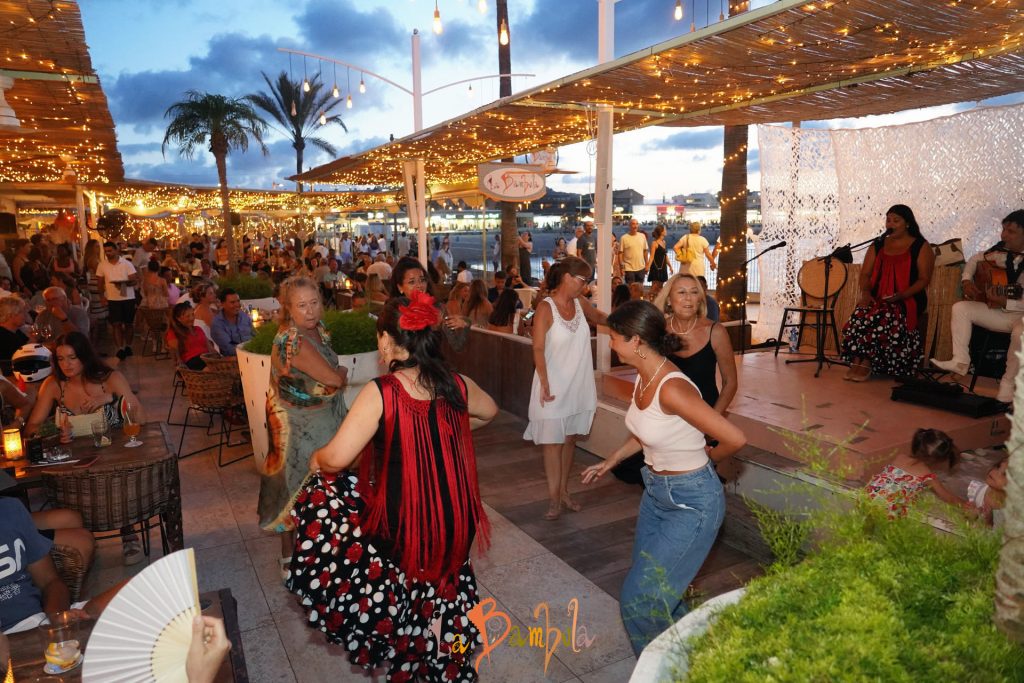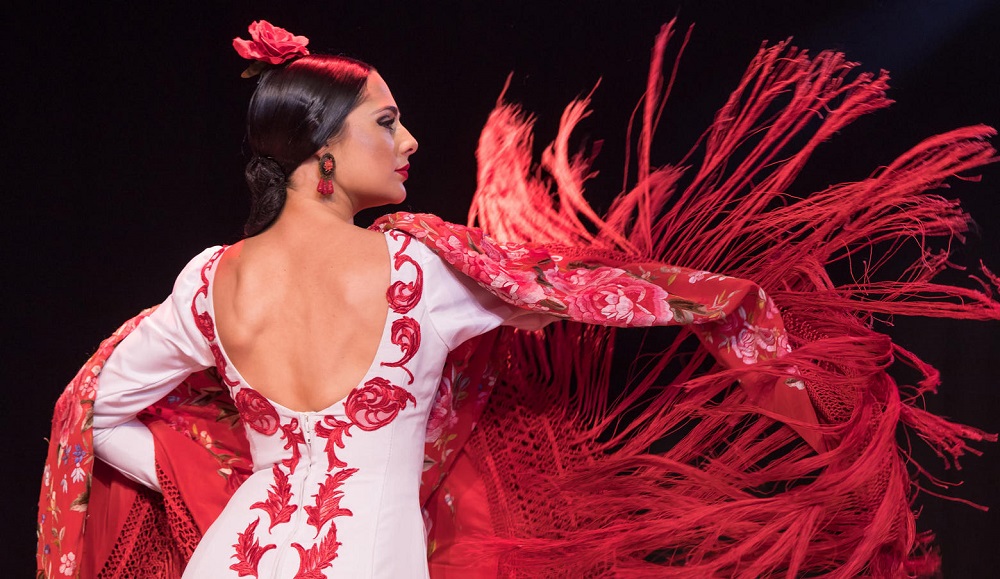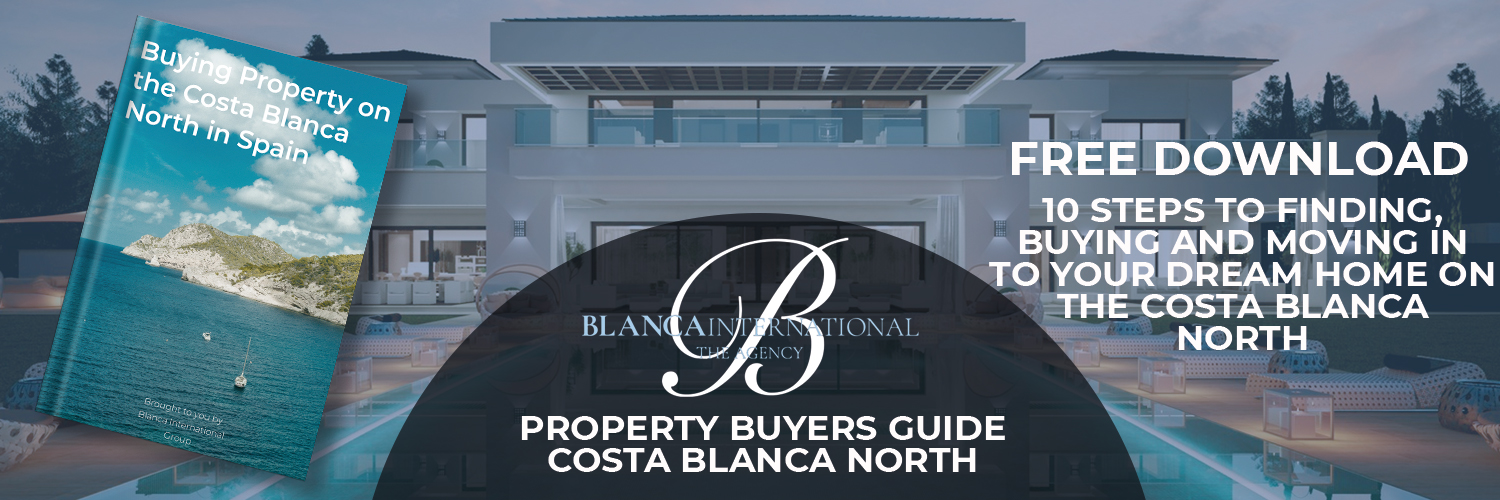Flamenco, a pulsating embodiment of Spanish passion, is not merely a dance or a musical genre; it’s an experience. Rich with history, emotion, and a depth that resonates with every beat, Flamenco tells stories of love, sorrow, joy, and despair. And in the coastal haven of Javea, also known as Xàbia, this art form comes alive in vivid colors and intense rhythms. Let’s take a deep dive into the world of Flamenco in Javea.
Also read: 16 Things to do in Javea
1. Introduction: Flamenco’s Roots and Evolution
Flamenco has its roots in the Andalusian region of Spain, originating from a mix of Gypsy, Moorish, and local Andalusian cultures. This rich blend has evolved over centuries, resulting in distinct styles and forms that vary across regions. In Javea, the Flamenco traditions of Andalusia meld seamlessly with Valencian influences, creating a unique experience for spectators.
2. Flamenco’s Pillars: Cante, Baile, and Toque
a. Cante (Singing):
Cante is the vocal expression in Flamenco, ranging from deep, throaty lamentations to jubilant shouts. The lyrics often speak of everyday life, love, and tragedies, resonating with the experiences of Javea’s local residents.
b. Baile (Dance):
Baile, with its expressive body movements, intricate footwork, and passionate displays, captures the heart and soul of Flamenco. In Javea, the traditional Flamenco dress, with its ruffles and vibrant colors, further accentuates every twist and turn.
c. Toque (Guitar Playing):
Toque is the backbone of Flamenco. The rapid strumming, the plucking of guitar strings, and the harmonic progression support both the cante and baile, tying the performance together.
3. Flamenco Venues in Javea
Flamenco at La Bambula

La Bambula boasts one of the most stunning locations in Javea. Its spacious terrace offers panoramic sea views, allowing diners to soak in the serene surroundings while enjoying their meal. The restaurant’s modern design, featuring wooden accents and lush greenery, creates a relaxed and welcoming atmosphere that perfectly complements its seaside setting. See La Bambula event calendar for the next Flamenco show.
a. Traditional Tablaos:
Tablao venues in Javea, often intimate settings with wooden stages, offer an authentic Flamenco experience. Here, spectators can get up close with performers, feeling the heat and intensity of every move.
b. Beachside Performances:
Given Javea’s coastal allure, many beachside restaurants and bars host Flamenco nights. These performances, set against the backdrop of crashing waves and starlit skies, bring a romantic twist to the Flamenco experience.
c. Annual Festivals:
Javea’s local festivals, especially during the summer months, feature Flamenco as a significant highlight. From open-air stages in town squares to impromptu street performances, the festive spirit of Javea embraces Flamenco’s vibrancy.
4. Flamenco Schools and Workshops
For those wishing to delve deeper into the art form, Javea offers several Flamenco schools and workshops. These institutions cater to all levels, from beginners to advanced dancers and musicians.
- Rhythms of Andalusia School: Known for its comprehensive courses, this school offers lessons in dance, guitar, and singing.
- Javea Flamenco Workshop: Organized periodically throughout the year, these workshops offer crash courses, allowing participants to immerse themselves in the basics of Flamenco.
5. Notable Flamenco Artists from Javea
Javea, over the years, has produced several Flamenco artists who’ve made their mark on both national and international stages.
- Isabel Martínez: A renowned dancer, Isabel has taken Javea’s unique Flamenco style to global stages, earning accolades for her performances.
- Carlos Peña: With his virtuoso guitar skills, Carlos has added a contemporary touch to traditional Flamenco, attracting younger audiences.
6. What to Expect as a First-Time Spectator
a. Emotional Depth: Flamenco performances are emotionally charged. It’s not uncommon for spectators to feel an overwhelming array of emotions during a performance.
b. Audience Participation: Clapping, shouting words of encouragement, or giving a ‘jaleo’ (shout of appreciation) is commonplace. The audience is very much a part of the Flamenco experience.
c. Dress Code: While casual attire is acceptable at most venues, those attending upscale tablaos or special Flamenco events might opt for semi-formal or formal wear.
Javea, with its coastal charm and rich cultural tapestry, offers an unparalleled Flamenco experience. The town’s rendition of this art form, rooted in tradition yet adaptive to contemporary influences, is a testament to its enduring spirit. Whether you’re watching a performance at a traditional tablao, swaying to Flamenco rhythms by the beach, or taking your first dance lesson, Javea ensures that Flamenco leaves an indelible mark on your soul. So, on your next visit, let the rhythms of Javea draw you into a passionate dance of life and emotion!


